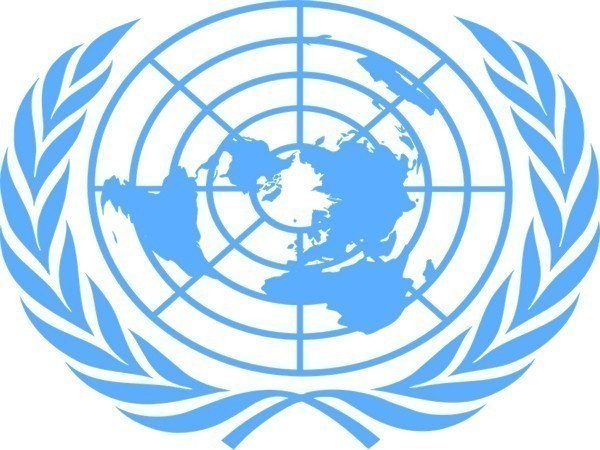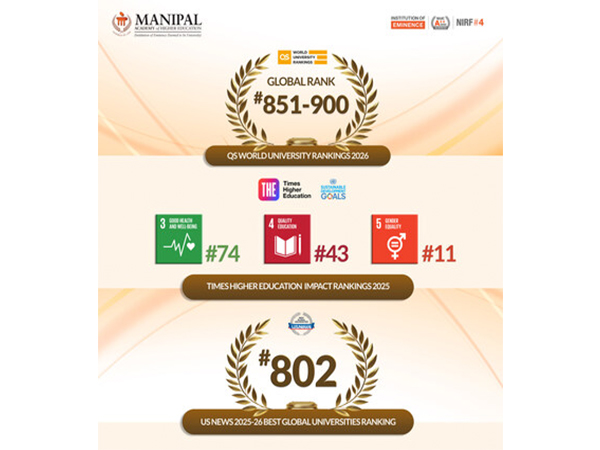
Global FDI rose 4% in 2024 to $1.5 trillion: UNCTAD
Jun 20, 2025
Geneva [Switzerland], June 20: The United Nations Conference on Trade and Development (UNCTAD) revealed a decline in global foreign direct investment (FDI) value by 11 percent, marking a second consecutive year of contraction.
According to UNCTAD's World Investment Report 2025, issued Thursday in Geneva, global FDI increased by 4 percent in 2024 to reach US$1.5 trillion. However, this rise was driven in part by volatile financial flows through several European economies, which often act as investment transit hubs.
The report stressed that the findings underscore the urgent need to reshape investment and finance systems to support inclusive and sustainable growth.
The report comes ahead of the Fourth International Conference on Financing for Development, which will bring world leaders together to address the widening gap between capital flows and development needs.
UNCTAD noted that investment fell sharply in developed economies, particularly in Europe, while flows to developing countries remained broadly stable.
Rebeca Grynspan, Secretary-General of UNCTAD, said fragmentation and volatility are distorting investment flows, adding that the investment landscape in 2024 was shaped by geopolitical tensions, trade fragmentation, and intensifying competition in industrial policies.
She explained that these dynamics, coupled with elevated financial risks and uncertainty, are redrawing global investment maps and undermining long-term investor confidence.
The report highlighted a 22 percent decline in FDI to developed economies, including a 58 percent plunge in Europe, while North America bucked the trend with a 23 percent increase, led by the United States.
Regional trends varied: Africa saw a 75 percent surge in FDI, driven by a single large project in Egypt. Excluding this, inflows rose by 12 percent, supported by investment facilitation and regulatory reforms.
Asia maintained its position as the leading recipient region. Despite a slight 3 percent decline overall, Southeast Asia recorded a 10 percent rise in FDI to US$225 billion - the second-highest level on record.
In contrast, Latin America and the Caribbean saw a 12 percent drop in total inflows, although announcements of new projects rose in key markets such as Argentina, Brazil and Mexico.
The report affirmed that the Middle East maintained strong FDI inflows, supported by economic diversification efforts in the Gulf region.
FDI flows among structurally vulnerable economies varied: they increased by 9 percent in least developed countries (LDCs) and by 14 percent in small island developing states (SIDS), but declined by 10 percent in landlocked developing countries (LLDCs). Across all three groups, investment remained heavily concentrated in a small number of countries.
Source: Emirates News Agency









